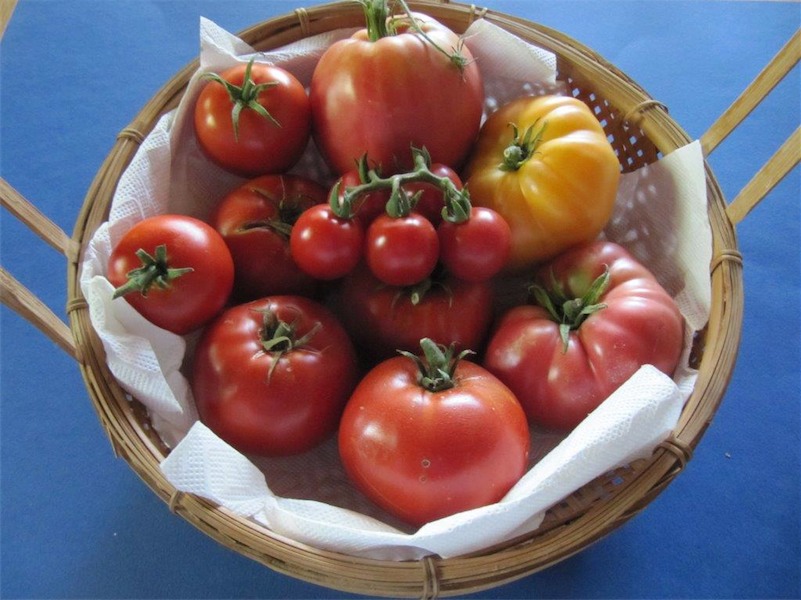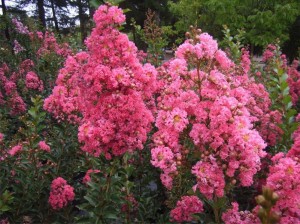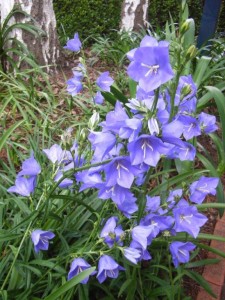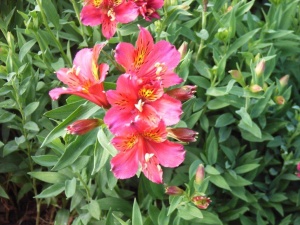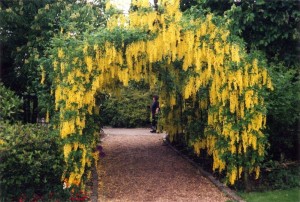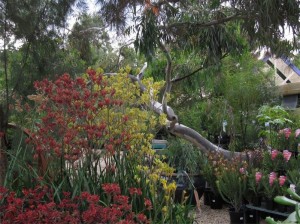HANGING gardens are ideally suited for balconies and townhouses.
Note, I say “hanging gardens”, not hanging baskets. I see plenty of hanging baskets in gardens, often with plants long since dead!

Hanging gardens do not have to “hang”.
One cheap and effective liner for hanging gardens is foam rubber carpet underlay, the multi-coloured type with plastic on one side. Put the foam outside and the plastic on the inside and punch a few holes for drainage. I have had hanging gardens lined with this material for more than seven years without needing to replace them. Unlike coconut liners (of which the water holding capacity is nil), birds will not pull it apart for nesting material.
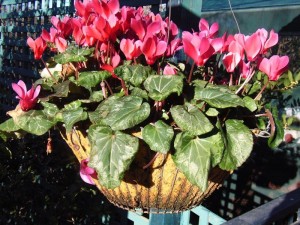
Cyclamen in a carpet underlay liner that’s seven years old.
When hanging the garden, make sure the brackets are well fixed to the wall and that the hanger is strong enough to carry the weight. I have baskets I can’t lift off the ground without help when the soil is wet. And always use a swivel hook so that the basket can be rotated for even amounts of sun.
- For container gardens as well as hanging gardens, plant a variety of plants in the one basket for flowering over an extended period.
- For summer colour in full sun, plant bedding begonias, ivy geraniums, pansy, dianthus, nasturtiums, marigolds and lobelia.
- For spring and summer baskets in partial shade consider fuchsias as the centrepiece, gardenia radicans, dwarf ferns, viola, bedding begonias and campanula (Canterbury Bells).
- For year-round colour, including winter, try ericas and heathers, spring flowering ajuga and, for summer use, vinca minor.
HANGING gardens, preferably in full sun, are perfect for growing herbs for culinary benefits as well as for fragrance. Try pennyroyal for peppermint fragrance leaves, marjoram, oregano, sage and thyme. It’s a good place to keep mint under control, too. Or if you want to be really adventurous, try lettuce or other salad ingredients in a hanging garden.
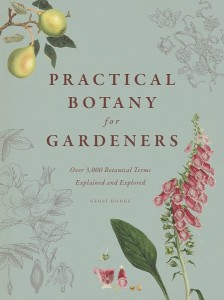 I WISH “Botany for Gardeners” by Geoff Hodge (Allen and Unwin, hardcover, 224pages, rrp $35) had been available when I was studying botany at school.
I WISH “Botany for Gardeners” by Geoff Hodge (Allen and Unwin, hardcover, 224pages, rrp $35) had been available when I was studying botany at school.
Expertly presented with colour and line drawings, it is a practical guide on how plants grow, their performance and how to grow perfect plants.
Don’t be put off by its subtitle “The Art and Science of Gardening Explained and Explored”. Whether you have just taken up gardening or gardened for years, I highly recommend this super book.
MERYLYN Condon, the garden presenter on 2CC, is leading a couple of upcoming overseas tours to the Chiang Mai Flower Festival in China in February and to the Chelsea Flower Show in London in May. More information at goseetouring.com
Jottings
- There is no point in having a bird bath unless you regularly fill it!
- Pine needles make a great free mulch, especially when they have started to rot under the loose needles.
- Continue to tie up sweet peas and for best results continue to pick the flowers.
- Remove winter flowering annuals and replace with summer plants such as petunias, bizzie-lizzies and bedding begonias.
- Transfer tuberous begonias to larger pots or hanging baskets.
–from the “The Canberra Gardener”
The post Garden that hangs around appeared first on Canberra CityNews.

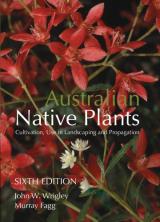 Written by John W. Wrigley, with excellent photos by Murray Fagg, the book is now in its sixth edition and has enabled amateur gardeners and professional landscape architects to easily identify native plants.
Written by John W. Wrigley, with excellent photos by Murray Fagg, the book is now in its sixth edition and has enabled amateur gardeners and professional landscape architects to easily identify native plants.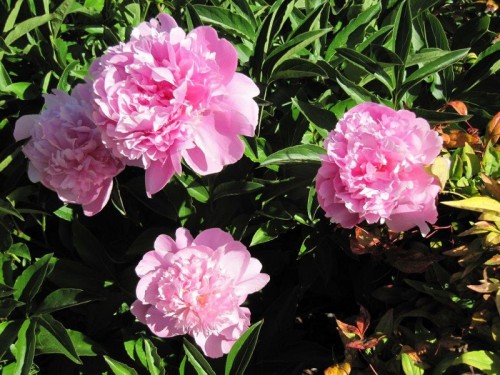
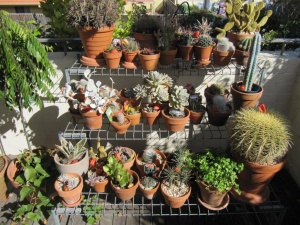 FEEDING plants is possibly one of the most misunderstood aspects of gardening, especially in pots.
FEEDING plants is possibly one of the most misunderstood aspects of gardening, especially in pots.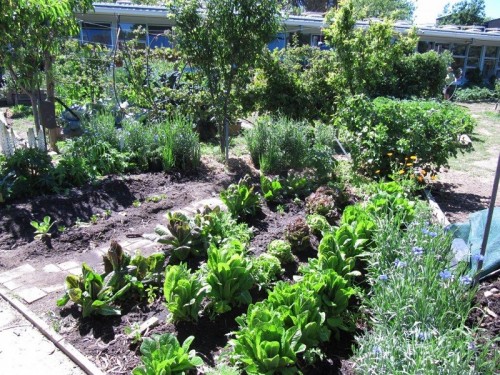
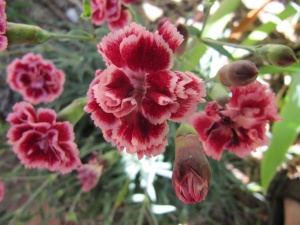
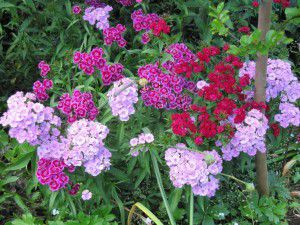
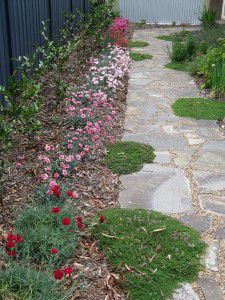
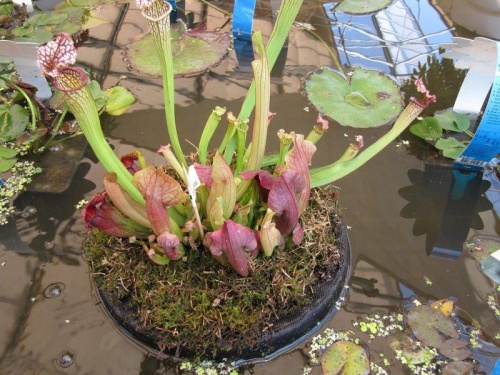
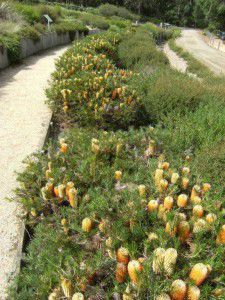

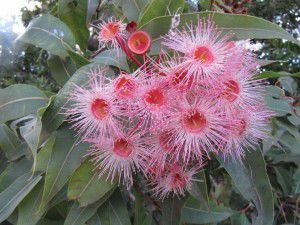

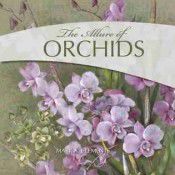
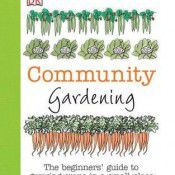
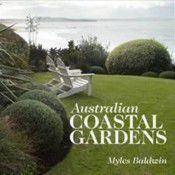


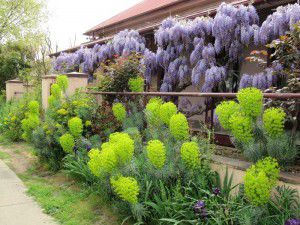

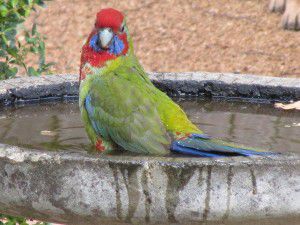

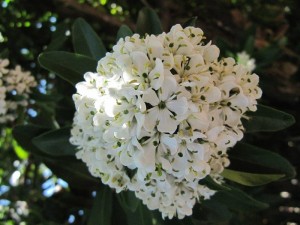
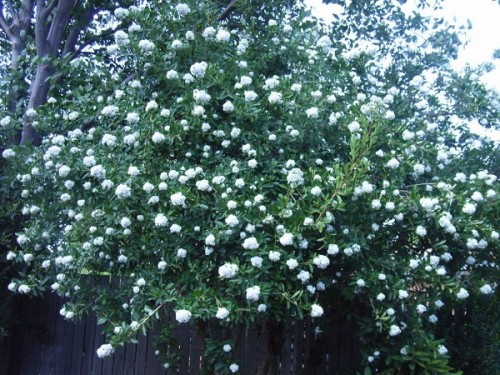
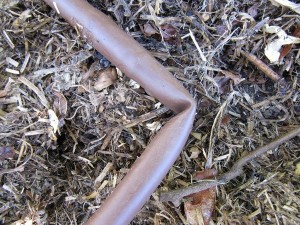
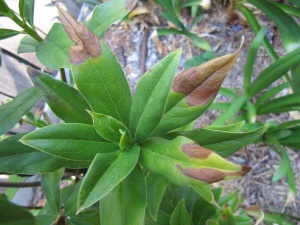

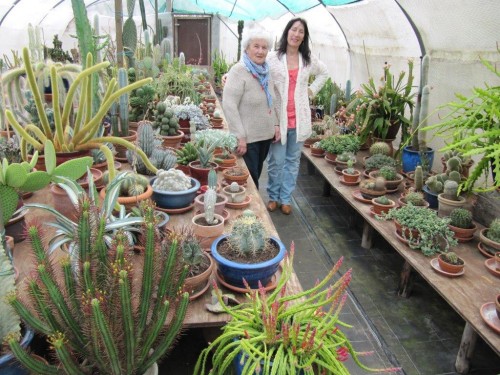
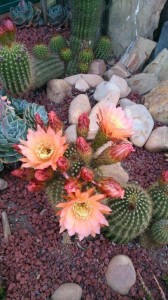 If you are interested in knowing more about these amazing plants the Cactus and Succulent Society meets at the Hughes Community Centre, 10.30am-12.30pm, on the third Sunday of every month. Activities include pot and plant sales, bus trips, displays and talks on the best plants for our climate. More information from
If you are interested in knowing more about these amazing plants the Cactus and Succulent Society meets at the Hughes Community Centre, 10.30am-12.30pm, on the third Sunday of every month. Activities include pot and plant sales, bus trips, displays and talks on the best plants for our climate. More information from 